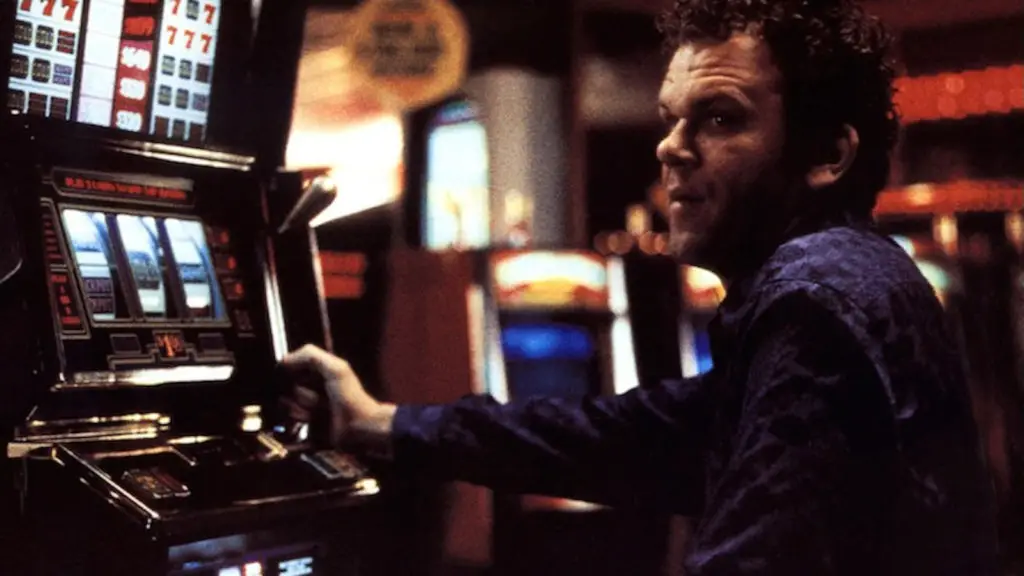
“Kill Bill” is probably the film Quentin Tarantino was born to make. The film finds the long-in-hibernation writer-director at his most fiercely cinematic yet, being more giddily creative with the camera and overall visual style. At the same time, though, the film shows his more literary-skewing tendencies coming out in even stronger force than usual, from generous use of expository voiceover narration and text cards to literal chapter divisions. And, in that off-kilter Tarantino sensibility, all of these tricks are deployed in service of a story that is–and I mean this in the best way–pure pulp trash.
But note that I say “Kill Bill” and not “Kill Bill Vol. 1” which is the film–or, should I say, half a film–that is seeing release (to quote the original teaser trailer) “in the year 2003.” Tarantino and Miramax’s decision to split what had been written and shot as a single–if rather lengthy–piece into two separate features was questionable from the get-go, and seeing the risky move in practice it is apparent just how wrong it is for a Tarantino picture in particular. While the story he’s telling here–quite simply, an assassin known only as The Bride (Uma Thurman) seeks bloody revenge against the former allies who tried to kill her–is in a 90-minute exploitation cinema mold, his famously non-linear storytelling style really does not lend itself to being cut in half like a grindhouse serial. As such, while his work is has historically moment-to-moment watchable and entertaining, what pushes his previous films into something far beyond was the excitement of watching the larger, clearer, deeper, even more fascinating picture gradually unfold–usually by jumping back and forth through time to reveal the key information and back story when it provided optimal dramatic punch–and assemble into something greater in the end. The forced split robs this installment or the next one of any such satisfaction. Imagine “Reservoir Dogs” split in two; that hypothetical “Vol. 1,” for whatever virtues it would have, would feel woefully incomplete–and so goes the case of “Kill Bill Vol. 1.”
Of course, some would argue that “Vol. 1” would feel like half a movie since the decision to split was made well into post-production. However, the filmmakers have gone on record to say that they want the film to be seen as separate entities (and, yes, that means no re-combined DVD edition) –and at least as far as “Vol. 1” is concerned, it not only doesn’t quite stand on its own narratively, there’s no good reason (and I don’t count the “there are no three-hour grindhouse flicks” excuse as one) for this to be a big screen miniseries. That the cut-off point makes for a fairly painless break is deceiving; considering the story is told out of sequence, not to mention this first half features a number of digressions from/tangents away from the main story of The Bride–namely an extended anime sequence centering on a supporting character–after the surface delights wear off, one is left to question what exactly is there is of substance to hang onto in “Vol. 1.”
Without a doubt, making the most substantial impact is Thurman. While she has proven her versatility over the years, her work as The Bride shows that her talent is matched by her fearlessness. It goes without saying that it was rather jarring to see a steely-eyed, snarling, samurai sword-wielding, Bruce Lee-in-“Game of Death”-tracksuit-sporting Thurman cutting down hordes of Yakuza goons in the teaser trailer, but what makes the sight even more stunning in context is how something so seemingly unlikely feels not only natural but right. But she is more than simply up to the arduous physical requirements of the role; whether a scene calls for a knowing, tongue-in-cheek reading of particularly over-the-top dialogue or a genuine emotional display, Thurman is always on point.
Hence it’s all the more dismaying that, as presented in “Vol. 1,” The Bride is a veritable cipher. The audience learns that her code name was Black Mamba, that she was pregnant when her fellow members of the Deadly Viper Assassination Squad–under the leadership of the titular Bill (David Carradine, who is heard but virtually unseen in this half)–beat her to near-death on her wedding day, and that after waking up from a four-year-long coma she’s out for the blood of her attackers, with Bill the last of the “death list five.” All we know about her is purely surface, and while such thinness is perhaps in keeping with exploitation film spirit, Tarantino quite obviously was aiming for something deeper; witness the lengthy, novelistic tangent following in rather powerful detail the background of one of the “death list five,” O-Ren Ishii, code named Cottonmouth (Lucy Liu). Given Tarantino’s penchant for time-fractured, nonlinear storytelling, perhaps it’s safe to presume that the real meat and background of her character will be delved into in “Vol. 2”–but if we’re to look at each film as a separate being, that leaves an undernourished center to “Vol. 1.”
However, there’s no deficiency as far as thrills in “Vol. 1.” Right from the opening ShawScope logo card and a grainy “Our Feature Presentation” clip straight from the ’70s, it’s clear that Tarantino is having a ball revisiting and paying elaborate homage to the genre cinema on which he grew up. Every note plays perfectly, in both a literal sense–again, Tarantino makes inspired and often unexpected music choices, from Nancy Sinatra’s opening “Bang Bang (My Baby Shot Me Down)” to original music by The RZA to a sirens-blaring sample of Quincy Jones’s “Ironside” theme song–and figuratively. He also convincingly adopts the visual language of the milieu, from the facial zoom-ins whenever The Bride first glimpses her prey to the outrageously overwrought, blood-spewing violence. Undoubtedly the latter touch will be a source of controversy–and, for some, outright repulsion–but I say those who object are overly sensitive; when the people onscreen have (as Tarantino puts it) “garden hoses for veins,” the exaggeration can only be taken in a cheekily cartoonish way.
But there’s more to Tarantino’s work here than mere carbon copying; in picking through and mixing various elements from those films, he has come up with a stylized pastiche that is made all the more entertaining when filtered through his distinct sensibility–though in an unexpected way. When Tarantino broke through in 1994 with “Pulp Fiction,” it was highly amusing how some media and moviegoers pegged him an action director (remember all that thinking aloud of him perhaps being the ideal hypothetical candidate to jumpstart the James Bond franchise, pre-“GoldenEye”?) when his films were essentially talk-fests with only sporadic action. With “Kill Bill,” he turns that idea on its ear; beyond the first screen “chapter,” little of his trademark witty wordplay is in evidence and the film turns into more or less pure action pulp cinema. Aided in no small part by the superb choreography by Asian action cinema legends Sonny Chiba (who has a supporting role) and Yuen Wo-Ping, Tarantino shows that he is indeed a natural with action as he is with the spoken word. Not only does the climactic sequence, a huge samurai sword/martial arts free-for-all in a teahouse followed by an almost-serene duel in a snow garden, deliver the appropriately frenzied adrenaline rush, it also generates palpable suspense–quite a feat since the outcome is in even less doubt than the action movie norm (after all, The Bride has to live to kill Bill).
Yet it’s these considerable virtues that make “Kill Bill Vol. 1” frustrating when all is said and done–or, rather, not said and not done. That Tarantino does such a bang-up, kick-a*s job with so much in “Kill Bill Vol. 1” ultimately works somewhat against it; all the pieces are in place for potential greatness, but in willingly keeping the picture incomplete, Tarantino keeps his wild, whacked-out, and thoroughly compelling vision from reaching that point. Perhaps it would be exhausting to sit through three full hours of “Kill Bill,” but wouldn’t that be all-too appropriate, truly giving the audience the subjective experience of The Bride and all she has to endure? But such questions are moot at this point, not to mention they presume that what awaits in “Vol. 2” is on the level of “Vol. 1”–and all anyone knows right now is that “Kill Bill Vol. 1” is one entertaining and stylish thrill ride, no more, no less.
Disagree with this review? Think you can write a better one? Go right ahead in Film Threat’s BACK TALK section! Click here>>>

